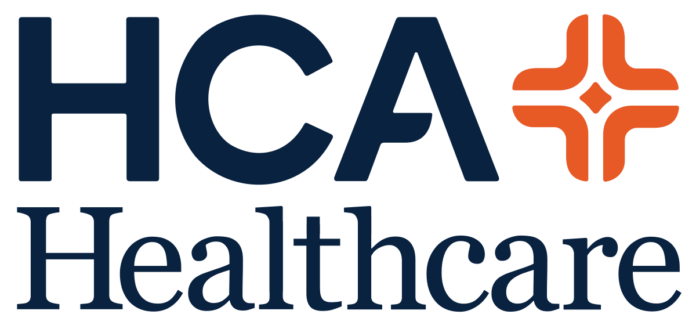BOSTON & NASHVILLE, Tenn. & ORANGE, Calif. & ATLANTA– An automated tool that improves outbreak detection for hundreds of pathogens successfully served as an early warning system to find and respond to potential hospital outbreaks.
A Trial of Automated Outbreak Detection to Reduce Hospital Pathogen Spread
The large multi-state, real-world study was conducted in 82 hospitals and led by Harvard Pilgrim Health Care Institute, HCA Healthcare, University of California, Irvine (UCI) Health and the Centers for Disease Control and Prevention (CDC).
Contagious bacteria and other pathogens can spread in hospitals, increasing the risk of harmful infections in patients. While hospitals and health systems work to prevent infections and reduce the opportunity for outbreaks to occur, there is no standardized approach for detecting transmission. Early detection can lead to a rapid response that reduces the chance for outbreaks to occur.
“Despite significant progress in reducing healthcare-associated infection outbreaks, including of antimicrobial-resistant pathogens, they remain an industry challenge and can present as clusters that signal potential for transmission to patients,” said Joseph Perz, DrPH, MA, Senior Advisor for Public Health Programs in CDC’s Division of Healthcare Quality Promotion, and committee member for the CDC’s Council for Outbreak Response: Healthcare-Associated Infections. “The CLUSTER trial provides evidence that early detection powered by automation tools and quick action can prevent outbreaks from growing.”
Most hospitals focus on a small number of antibiotic-resistant organisms and miss outbreaks from other pathogens. To address this, investigators developed an algorithm-driven statistical outbreak detection tool that used clinical laboratory data to provide real-time alerts to hospital infection prevention programs about potential transmission of over 100 bacterial and fungal species. This method relied on an automated review of organisms grown from patients’ clinical cultures and a statistical assessment of whether an increase was seen compared to prior experience. Detected increases triggered an automatic notification for hospital personnel to implement a response protocol to prevent additional cases.
“Outbreaks in hospitals are often missed or detected late, after preventable infections have occurred. This study provides a practical and standardized approach to identify early transmission and halt events that could become an outbreak in hospitals,” said lead investigator, Meghan A. Baker, MD, ScD, Harvard Medical School assistant professor of population medicine at the Harvard Pilgrim Health Care Institute.
The automated outbreak detection method was tested from 2019-2022 in a randomized clinical trial in 82 hospitals across 16 states in the HCA Healthcare system, a leader in real-world evidence-based research. Half of the hospitals implemented the automated early detection method, and the other half continued with usual care. Hospitals that were assigned to receive and respond to the automated alerts experienced a 64% reduction in the size of potential outbreaks until the trial was interrupted by the COVID-19 pandemic. During the pandemic, personnel were not able to respond as effectively to automated alerts, and across the combined pre-pandemic and pandemic trial period, there was no overall effect. Nevertheless, in analyses restricted to the pre-pandemic period, the outbreak detection tool was associated with a demonstrable and significant reduction in cases. While the actual risks of an outbreak are low, even one outbreak can be significant. The automated system notified hospitals about possible events approximately three times per year per hospital so early preventative responses could be taken to maximize patient safety.
“This ongoing collaboration continues to leverage our scale – both the number of our hospitals and our advanced data ecosystem – as we work to rapidly answer clinical questions that benefit patients everywhere,” said Kenneth Sands, MD, MPH, chief epidemiologist at HCA Healthcare. “We are using this detection tool in the hospitals where we tested it and are evaluating implementation more widely across our system.”
The underlying software is available for free to all hospital systems but must be integrated into their respective electronic health record system or other clinical workflow platforms.
The study was funded by CDC and conducted through a longstanding scientific consortium, including HCA Healthcare, Harvard Pilgrim Health Care Institute’s Department of Population Medicine, the University of California, Irvine and the CDC’s Prevention Epicenters Program. It is part of a growing body of work by the partners to improve patient care and reduce risk of healthcare-associated infections.


